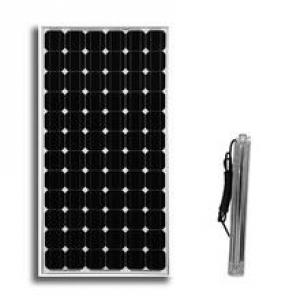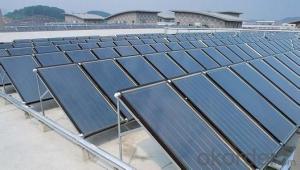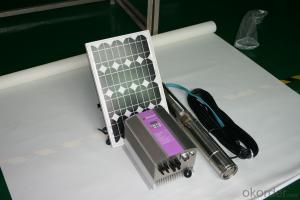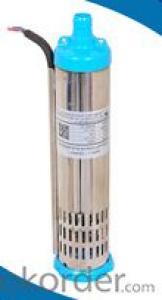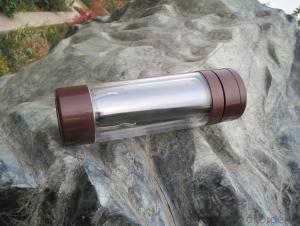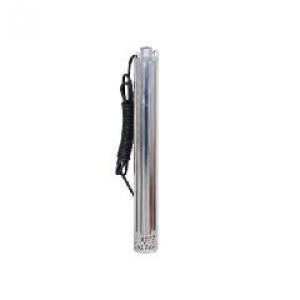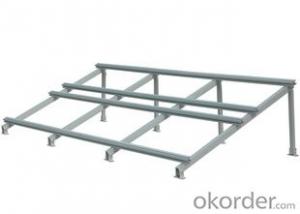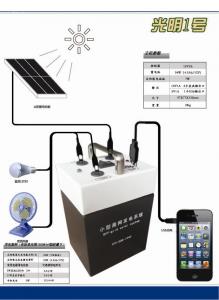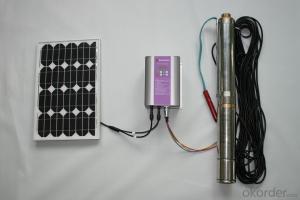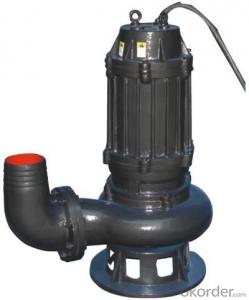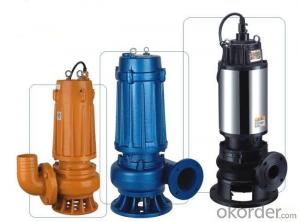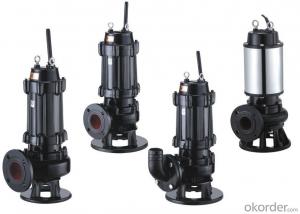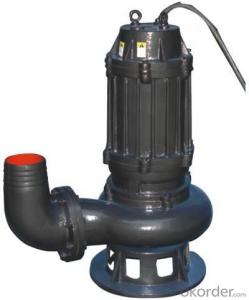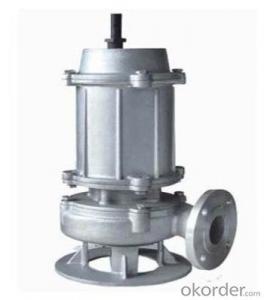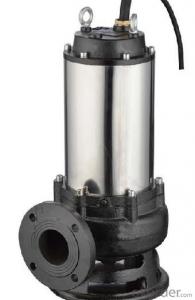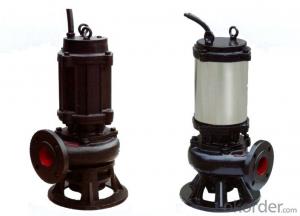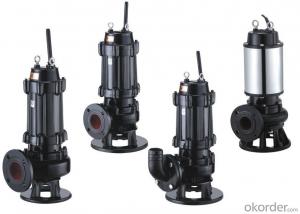Inverter Solar System
Inverter Solar System Related Searches
Inverter Solar Systems Solar Inverter System Solar Inverter Systems Solar Power Inverter System Inverter Solar Inverter Charger Solar System Micro Inverter Solar System Battery Inverter Solar System Solar Electric Inverter System Hybrid Inverter Solar System Solar System Inverter Home Solar Inverter System Inverter Ac Solar System Inverter Power Solar Solar Solar Inverter Inverter Solar Cell Inverter With Solar System Power Inverter Solar Inverter Solar Panels Inverter Solar Panel Inverter Solar Generator Inverter For Home Solar System Inverter Hybrid Solar Hybrid Solar Inverter System Home Solar System Inverter Solar And Inverter System Inverter Solar Pump Inverter Battery Solar Solar Inverter Inverter Solar Hybrid Inverter SystemInverter Solar System Supplier & Manufacturer from China
The Inverter Solar System is a collection of products designed to harness solar energy and convert it into usable electricity. This system typically includes solar panels, inverters, batteries, charge controllers, and mounting hardware. These components work together to capture sunlight, convert it into direct current (DC) power, and then transform it into alternating current (AC) power, which can be used to power homes, businesses, and other electrical devices.The Inverter Solar System finds its application in various scenarios, such as residential, commercial, and off-grid applications. It is particularly useful in areas with abundant sunlight, where traditional power sources may be unreliable or unavailable. This system allows users to generate their own electricity, reducing their reliance on the grid and providing a sustainable, eco-friendly solution to energy needs. Additionally, it can be integrated with battery storage systems to ensure a continuous power supply even during periods of low sunlight or at night.
Okorder.com is a leading wholesale supplier of Inverter Solar Systems, boasting a large inventory of high-quality products. They offer a wide range of systems to cater to different energy requirements and budgets, ensuring that customers can find the perfect solution for their specific needs. With competitive prices and a commitment to customer satisfaction, Okorder.com is a reliable source for those looking to invest in an Inverter Solar System.
Hot Products
